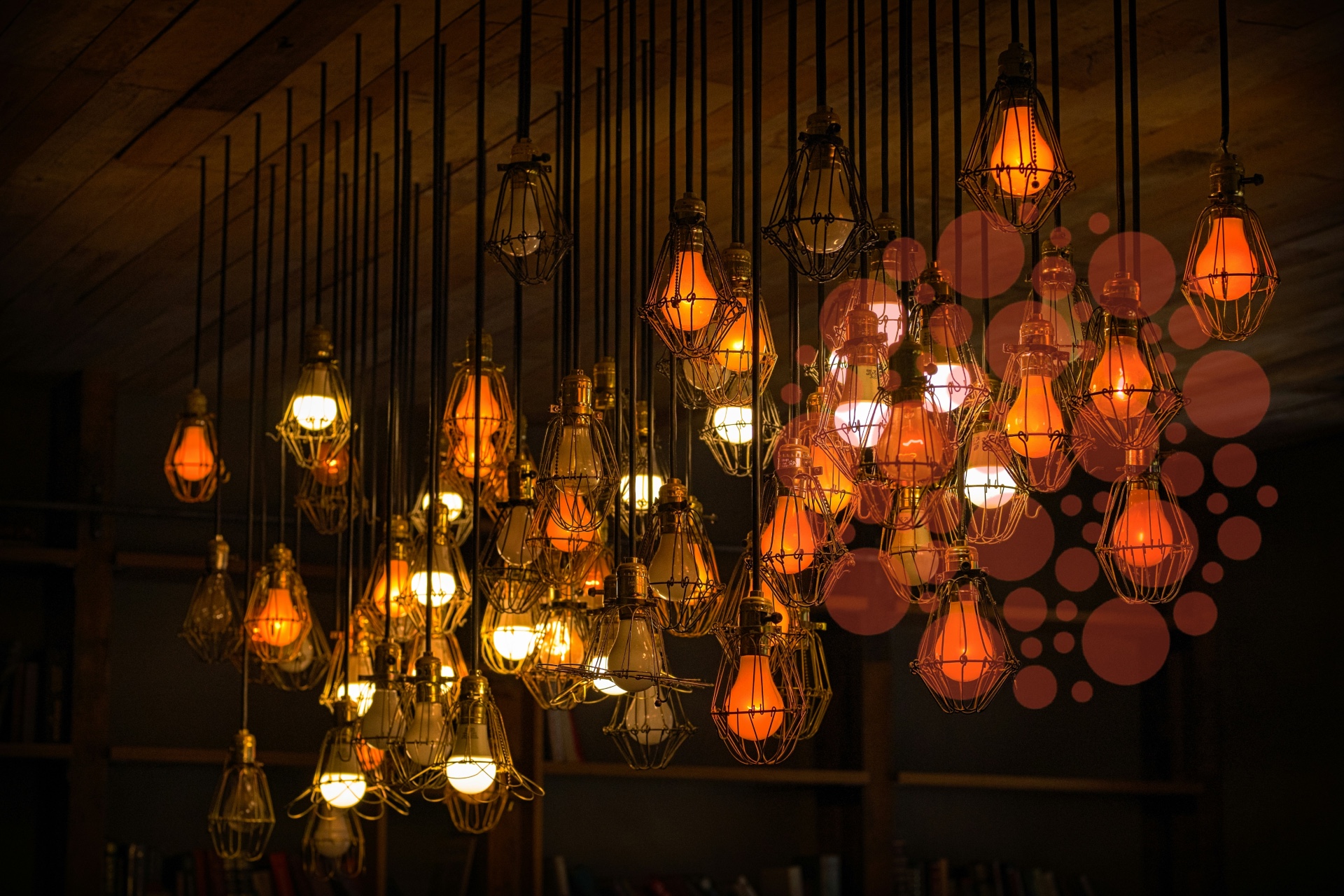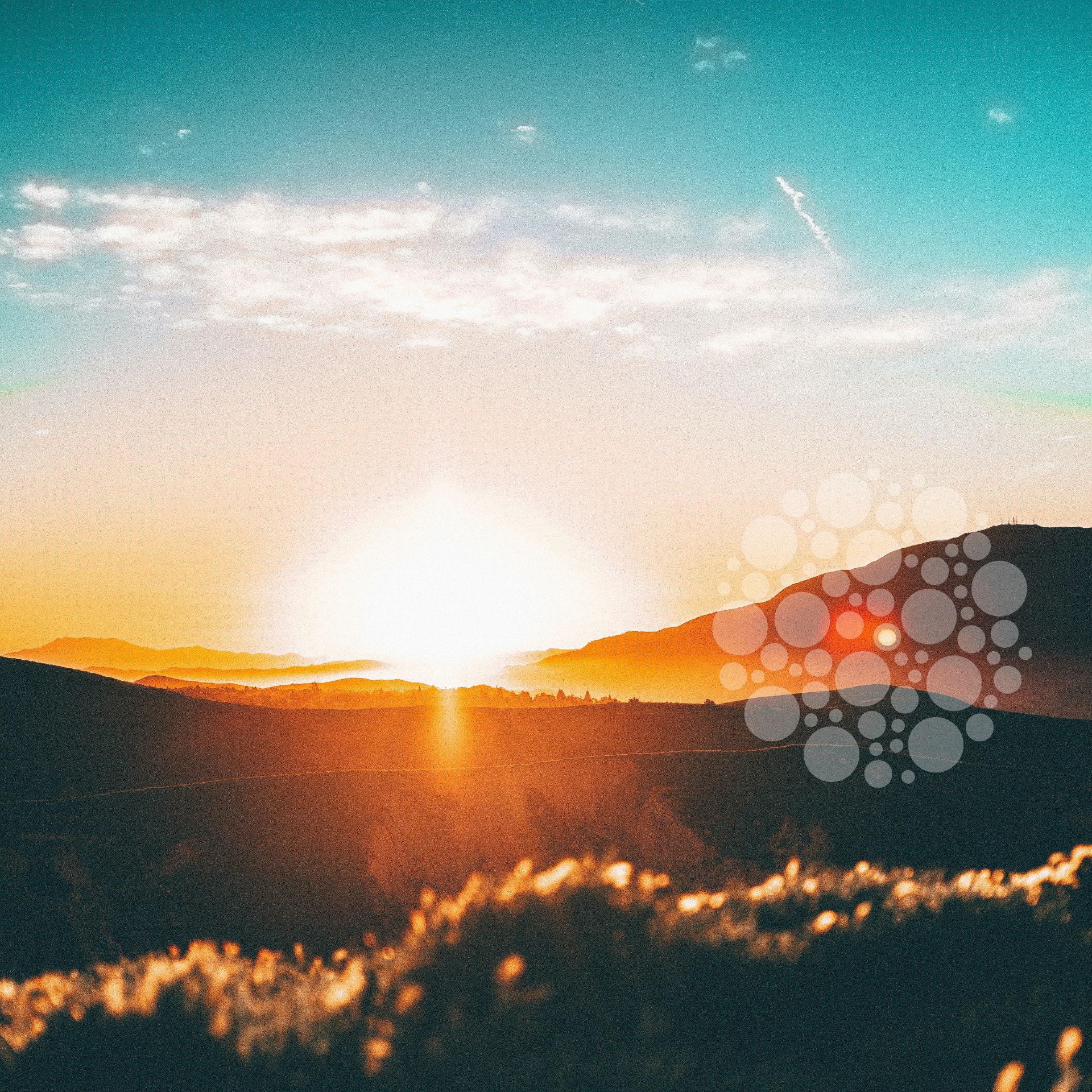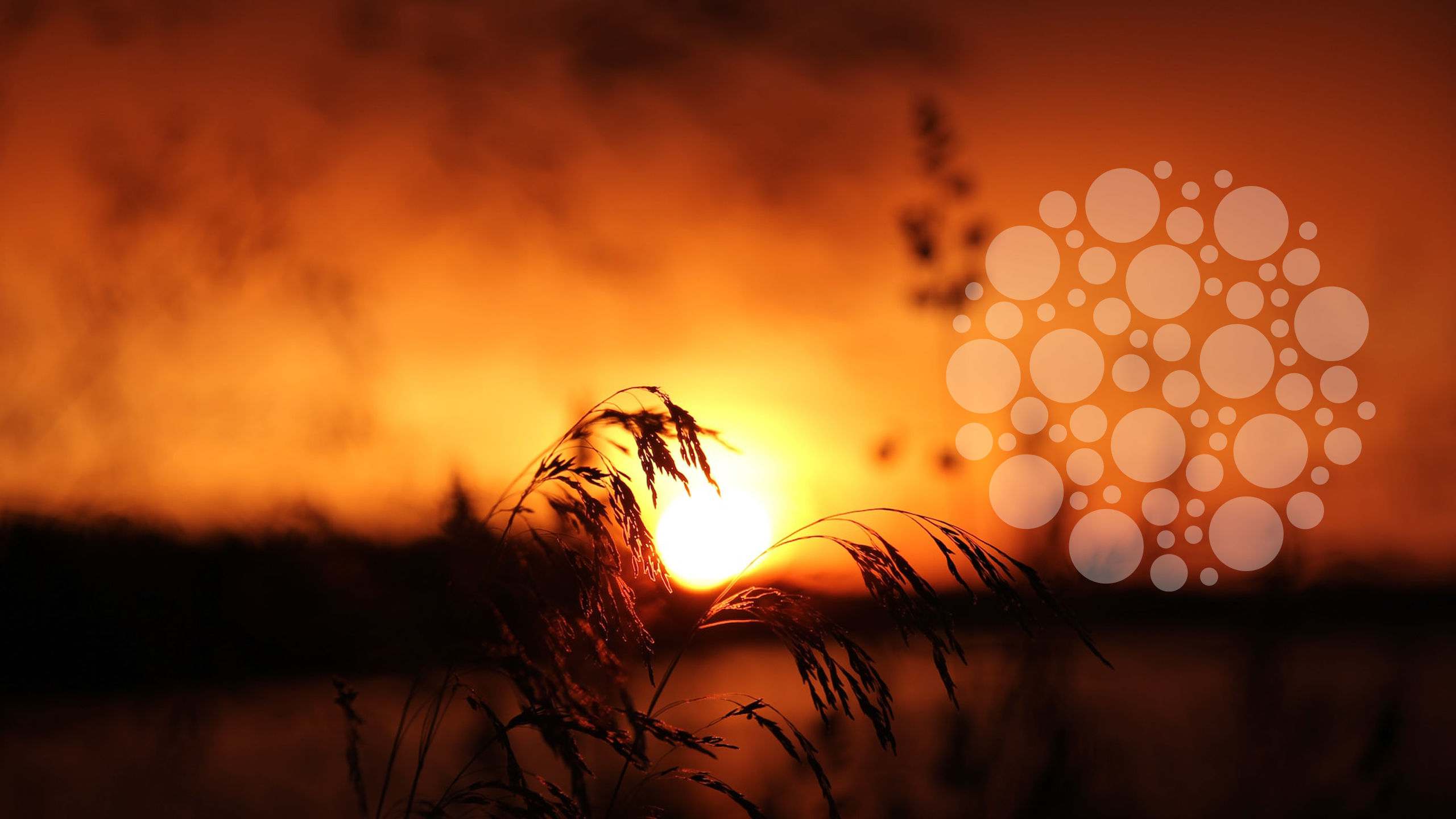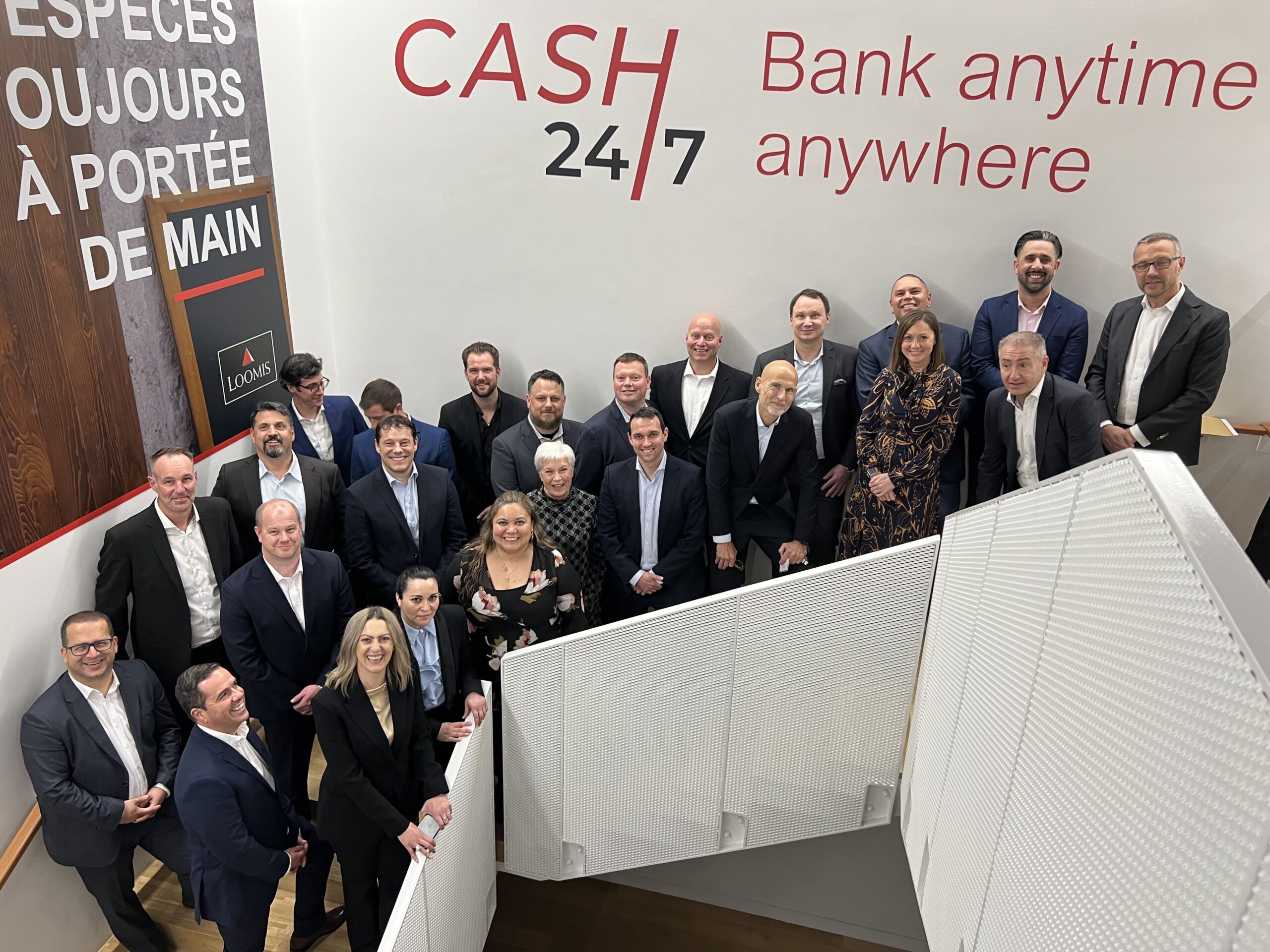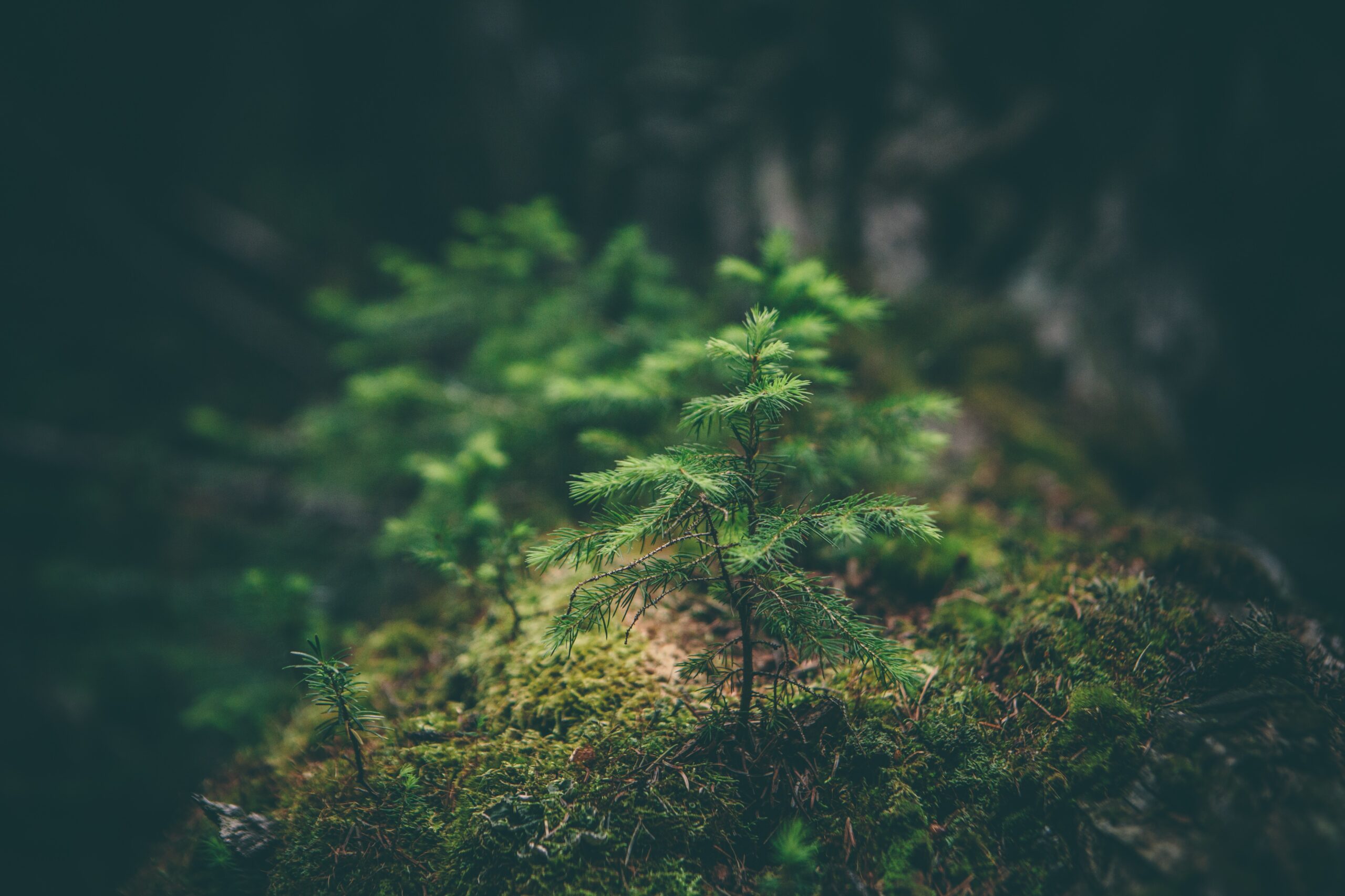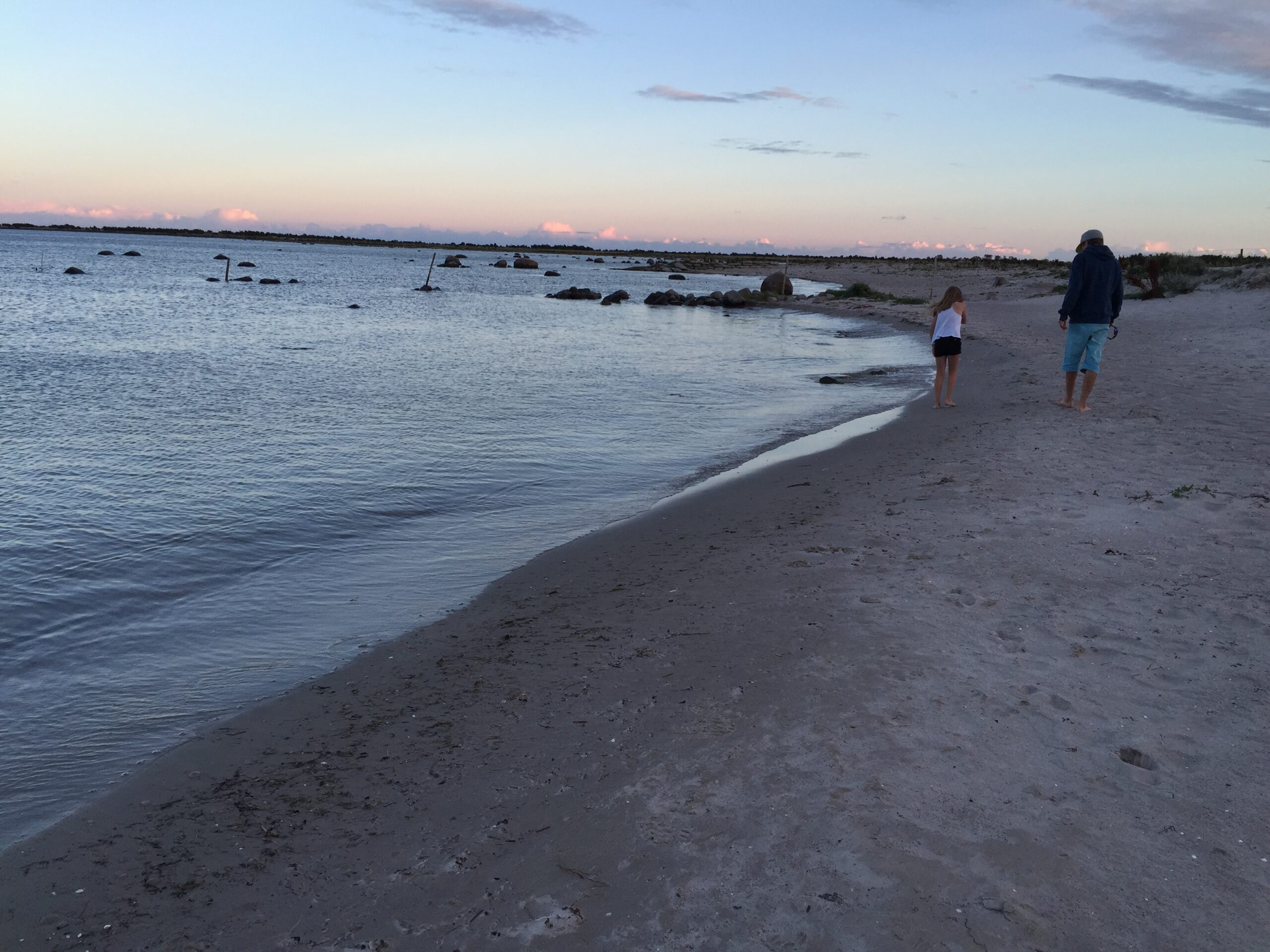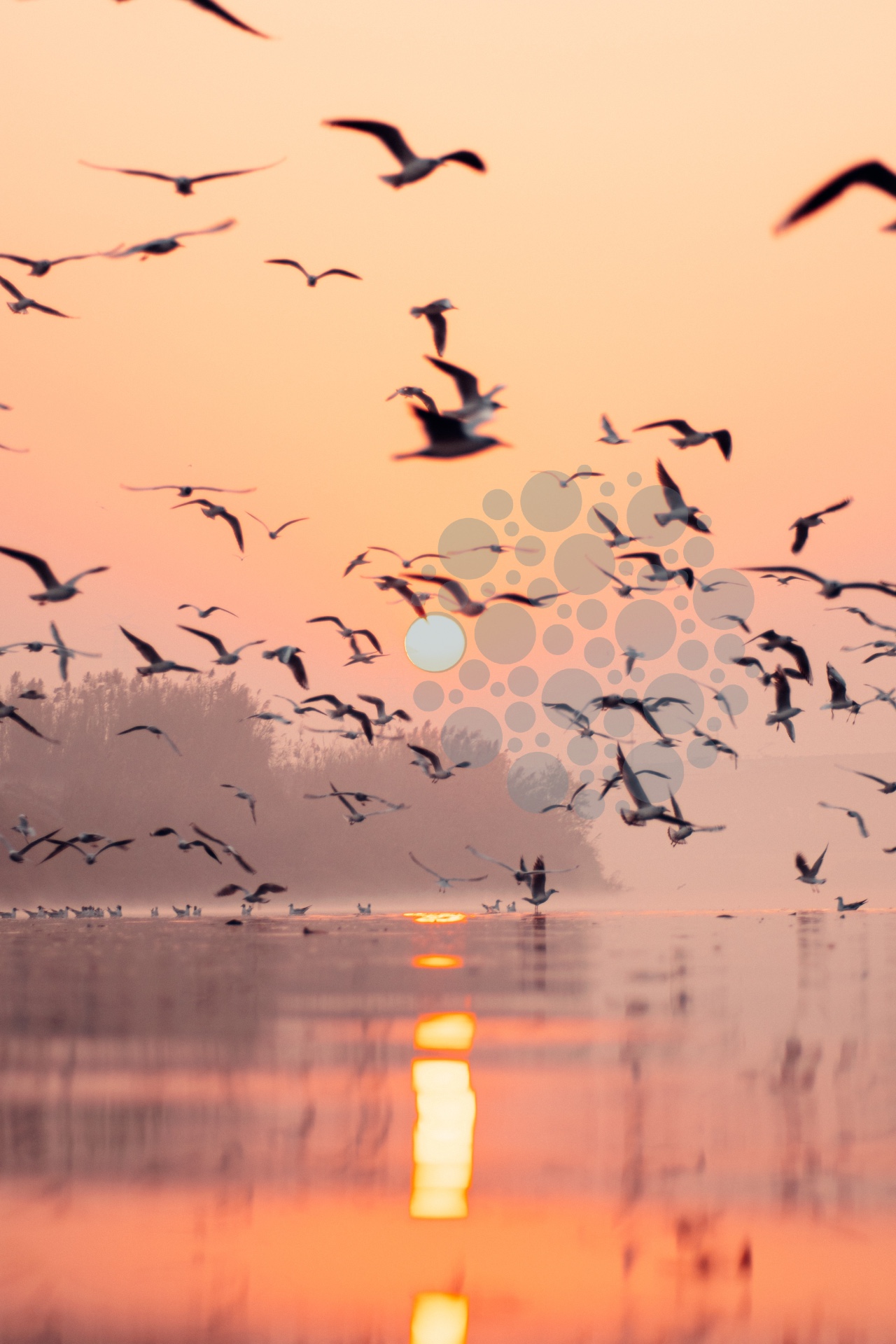
What do you want to succeed with? What is deeply meaningful to you? To what do you want to contribute?
When we are in touch with our dreams and our inner motivation, and from this, encounter different contexts with curiosity and a willingness to contribute, unexpected results and value can arise. One group that stands strong in this is entrepreneurs. Behind the entrepreneur’s creativity lies the connection between seizing opportunities, solving challenges, and creating value for others while the business itself develops.
We can all adopt the entrepreneur’s mindset, which is effective regardless of context or role. A metaphor that can help illustrate this is to see oneself as a personal company. If I, figuratively speaking, resign today and come back to my organisation tomorrow as an entrepreneur, what do I do then, and what questions become important? Who is my customer, and what does she want to achieve? What opportunities and challenges does my customer have? Is there something I can offer? What do I want to achieve and contribute to? This shift in perspective also creates a shift in energy. What was previously problems and obstacles become business opportunities for the personal company. The one who was previously my boss is now my customer. We know that this shift creates a new interplay between the part and the whole, where both parties grow.
Gaia Mindset A New Approach to Leadership
On this blog you can read about the three other components of Gaia Mindset: Holistic Perspective, Learning and Co-Creation. Their starting point is the inherent power and ability of humans. If we take that view of humanity seriously, the prevailing view of leadership must change. However, our view of leadership is not only a consequence of our view of humanity. It is also a catalyst that works to create results through co-creation, learning, and a holistic perspective. We believe that this transformative power emanates from each one of us.
Throughout this text, we have used the entrepreneur and her approach as an illustration of how Gaia Mindset can be manifested. The parallel between the entrepreneur’s way of working and leadership is striking. When I step forward and take responsibility, based on a holistic perspective and with the intention of contributing to a forward movement for both my context and myself, I act as a leader.
We all have three jobs
To address many of the crucial challenges that we, our societies, and our organisations currently face, while also realizing the opportunities that exist, we at Gaia are convinced that the world needs more, not less, leadership. The starting point, and expectation, must be that people are mature and capable of taking responsibility for themselves and the contexts they are part of. We then meet as equals, a meeting of subject-subject, and not subject-object. In short, a perspective where each of us sees ourselves as leaders.
In everyday life, this concretely means that I stop thinking that I have one job. Instead I realize that actually have three:
- I take responsibility for developing the whole I am a part of.
- I take responsibility for driving and developing my area, my position.
- I take responsibility for my own development and am clear about the conditions I need.
The Personal Business Plan
To manifest the idea that every person is a leader and the alignment between the whole and the part, we at Gaia have been working on something we call The Personal Business Plan for over 20 years. It is based on each individual understanding the needs, opportunities, and challenges of the whole, formulating what she is passionate about, wants to contribute to, and take responsibility for, and asking the question: Is there a match between my driving forces and the factors that can make the whole successful? If the answer is yes, concrete proposals and solutions are formulated for the areas where I want to make a significant difference, both for my development and for the whole. The Personal Business Plan thus becomes a proactive proposal to the whole and therefore needs an active and interested recipient, a customer for my personal business. This becomes the role of the manager, to receive and challenge the individual and her offer to the whole.
What we propose can be summarized as follows: An approach where you start from and identify with the whole you are part of. A focus on your own and others’ learning. Co-creation with your surroundings to build sustainable value. Seeing yourself and those around you as leaders.
You can read more about Gaia Mindset here. In a series of blogs over the coming months, we will present different aspects of Gaia Mindset. They are both from the perspective of the thriving individual and of the resilient organization.

